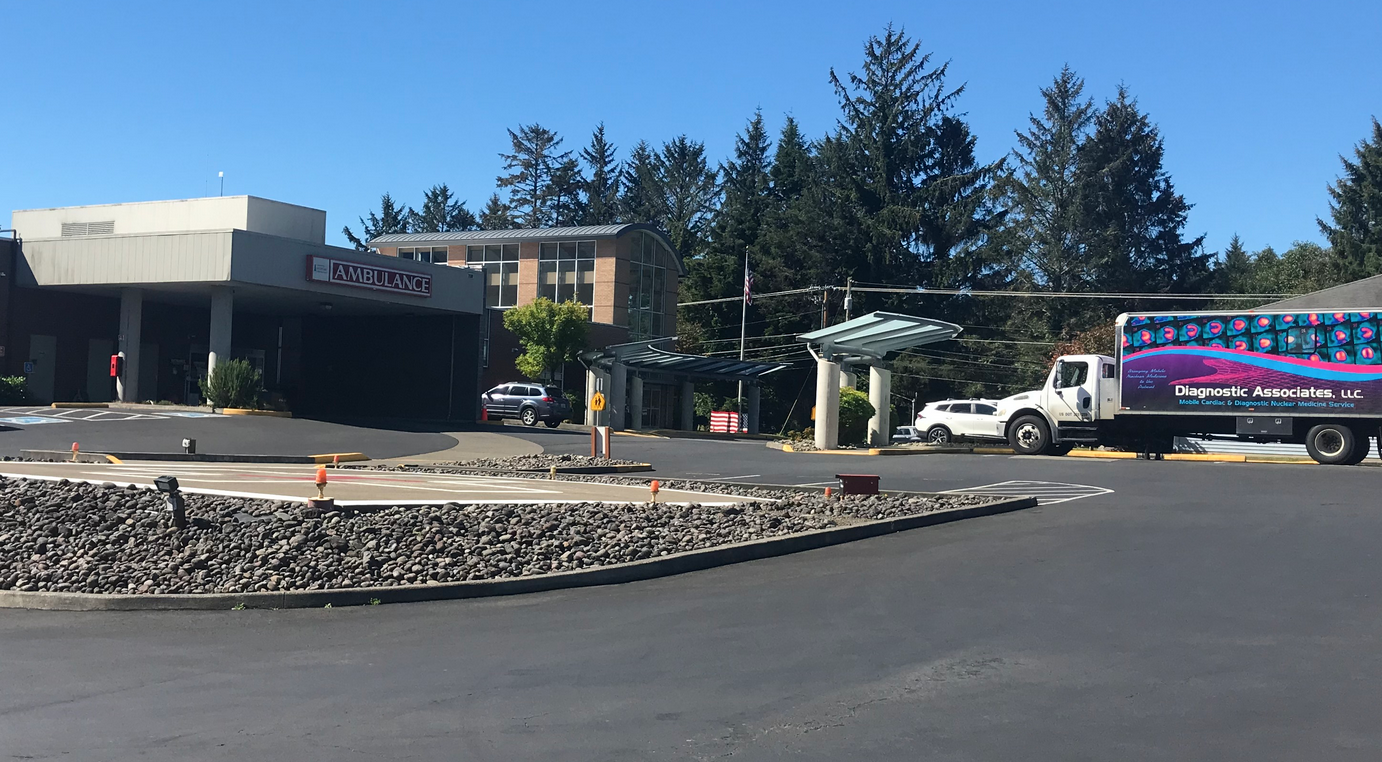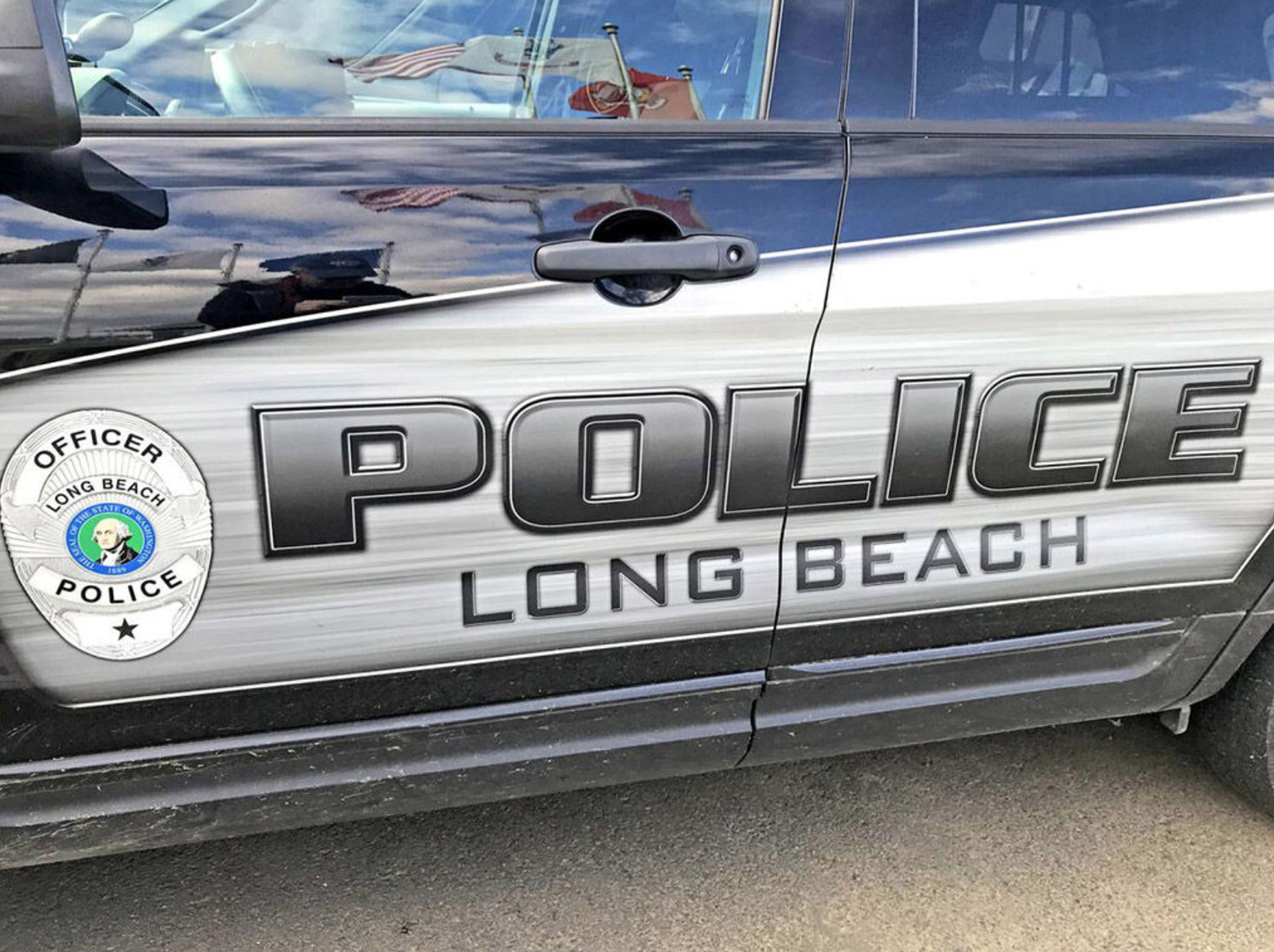Coast Chronicles: Spring Dribs and Drabs
Published 7:18 am Monday, April 15, 2024

- Many thanks to the kitchen crew at the Family Worship Center’s empty bowl event this past weekend.
Leaks not leeks
“Water, water everywhere, nor any drop to drink” (from Samuel Taylor Coleridge’s “Rime of the Ancient Mariner”). The ancient mariner was at sea and dying of thirst because, of course, no one can drink salt water. But I’m starting here because it’s what I came home to this week on my return snowbird trip — water, water everywhere in my totally soaked garage. What the heck was happening? After much schlepping, sweeping, and sleuthing I finally figured it out.
The tank of an unused toilet in the garage must have frozen and cracked while I was gone. Then, drip, drip, slow drip over the course of several weeks flooded the entire floor and soaked my grandmother’s 1920s Barouk Persian rug and anything else sitting on it. The nice fellows at Atiyeh Brothers rug cleaning in Portland said toss it out in the sun for a couple days. (And by gosh we did have sun for two days in a row!) Finally it was dry enough to drag into the back of my car for an emergency run to the rug hospital.
It was a pointed lesson on several things: don’t take anything for granted when you leave home. Second — after hauling miscellany around for two days — a reminder that I have way too much stuff. And, finally — that water, wood, and wool don’t play well together. One of my good friends decided I need an exorcism or some kind of ceremonial event with “leak” soup. What I really need is a garage sale.
The Scourge of the Pole BarnsAlso returning to my quaint residential neighborhood in Nahcotta I found, on what was once a lovely garden corner, an unexpectedly ugly incongruity: an enormous, double-story four-car gray pole barn that dominates the landscape. I wonder what our nice folks at the Department of Community Development who approve such things are thinking?
Each and every north end residential neighborhood — and there are far too few of them — have a certain tone and character. Our Nahcotta neighborhood has been made up of mostly modest one story cottages, set back, lots of trees on big lots, and a few tasteful manufactured homes of the fixed-foundation variety. (One neighbor with a multi-acre lot does have an open barn discreetly tucked off the road — you hardly notice it.)
Now we have an industrial metal pole barn smack dab in the middle of our residential intersection — you can’t miss it coming or going. Pole barns, I have no doubt, are good for many things: keeping stuff dry, parking large vehicles, maybe housing a small workshop space in one corner — but they are not conducive to creating a homey neighborhood feeling. There is nothing pleasing about a big square metal building with no aesthetic details whatsoever.
I deplore what our little pockets of residential neighborhoods will become if we as a community continue to allow these monstrosities to be built anywhere and everywhere. They’re appropriate on larger plots or farming ventures, where tractors, tillers, graders and trucks are needed; where grain or hay storage is a priority; or a place to house horses, cows, chickens, or goats. But in a residential neighborhood of modest homes they are an immediate visual blight.
Call for a review of zoning codes
What do we want our Peninsula communities to look like? Who do we want to be as we grow into our more populous and, I hope, prosperous future? Except perhaps for the beach or bay or Discovery Heights — places where the cost of property self-selects for aesthetically sensitive homeowners and builders — this is the future we’re heading to if we continue the path we’re on: no large trees of any kind and no restrictions on the downing of big trees; chaotic building or zoning codes in the same areas, therefore, a mishmash of industrial, commercial, and residential structures; no attention to aesthetics; and the kind of down-at-the-heels inconsistency one can see driving through small towns on any of the back roads in the West Coast’s poorer counties.
Just take a trip through Reedsport, Oregon; Paradise (where a mishmash of rebuilding continues), or Blythe, California and you’ll see industrial and commercial buildings scattered throughout residential properties. You want to get out of town as quickly as possible. I’m perhaps more sensitive to this having just driven for a week through these small, poor, scrambled towns off the beaten path — they’re not pleasant destinations. (For contrast, drive through Seaview where, for the most part, residential consistency is apparent.)
The decision about what we want our communities to look like is up to us citizens, but it won’t happen magically. We have to want it and demand that our oblivious or cavalier county officials make changes before it’s too late. (Or we need to finally create a north end municipality that can take on these issues.)
Biochar not biomass!
Now, since I’m in a ranting kind of mood, let me rave on. In last week’s Chinook Observer there was an article about biomass and the potential for this business in our state and county. I am 100 percent against this idea. What we should be doing instead is creating facilities to make biochar.
Let me elaborate. First, as our CO article states, “Companies that turn wood into pellets for use as biomass energy are accused of causing a surge in deforestation in the South, all in the name of producing renewable energy… Now that industry has its sights on the Pacific Northwest.” It’s true our logging industries leave wood detritus in big piles everywhere — a ready source for biomass. So, one might ask, why not use it for something?
I can’t disagree with that premise, but what that something should be is my beef. There are many reasons not to call the biomass industry “sustainable” or “renewable.” Changing logging slash into pellets for burning releases the carbon, adding to our already dire global warming situation. And it’s been shown that once started there is a biomass “business creep” — they start wanting to cut down trees too.
What logging companies leave behind adds nutrients and wildlife habitat to our environment; so just leaving these piles in place has substantial benefits. But there are other reasons biochar could be a win/win idea. First, creating facilities to anaerobically reduce slash to biochar creates a product that enhances the productivity of the soil such that its structure helps it hold water and nutrients so farmers need less irrigation and fertilizer.
Further, biochar is basically a way to stabilize organic matter of any kind — slash, wheat stalks, manure, sawdust — and store it in the soil as a means of removing carbon dioxide from the atmosphere. (Here’s a good readable summary about biochar: tinyurl.com/yc699duf). And biochar is a growing business opportunity. The price of biochar averages $400-600 but can go as high as $2,500 a metric ton. Yes, it takes energy to produce but it gives back to the planet’s soil rather than taking nutrients away. (My gardening guru neighbor Sojourner Smith always said, “Every tree deserves to keep its own leaves for nutrients” — i.e. don’t clean up so much!) Creating biochar could “capture as much as three billion metric tons of CO2 a year, or six percent of global emission.” It’s good business and good for the planet.
Overflowing bowls
OK, I’ve said my piece. But just to end on a few positive notes: one exquisite purple finch arrived on my porch this morning (and talk about beautiful “notes” — what a songster.)! And I’d like to thank the Family Worship Center, Ocean Park, and all the volunteers who provided so many of us with handmade bowls and delicious soups over this past weekend. I had Drop Anchor clam chowder, which was some of the best I’ve ever tasted on the Peninsula. And I walked away with a beautiful bowl to remind myself how amazing our community is. There are just a few little things I’d tweak (see above) if I were Queen of the World.









